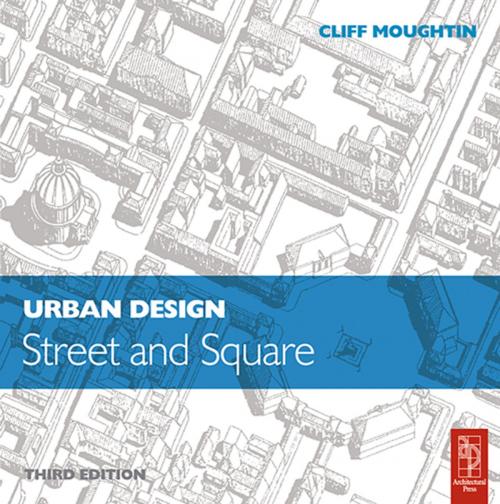| Author: | Cliff Moughtin | ISBN: | 9781136350337 |
| Publisher: | Taylor and Francis | Publication: | June 7, 2007 |
| Imprint: | Routledge | Language: | English |
| Author: | Cliff Moughtin |
| ISBN: | 9781136350337 |
| Publisher: | Taylor and Francis |
| Publication: | June 7, 2007 |
| Imprint: | Routledge |
| Language: | English |
This book, part of a series of four, offers a detailed analysis of urban design, covering the streets, squares and buildings that make up the public face of towns and cities. It outlines the theory of the principal features of urban design from which method is developed and provides a better understanding of the main elements of urban design. This includes the arrangement, design and details of the streets and squares, and the roles they play in city planning.
This third edition includes chapters on "Sustainable Urban Design" and "Visual Analysis", introducing the latest theories and influences in the field and bringing greater practical significance to the book. Cliff Moughtin explores the street and square in terms of function, structure and symbolism and examines fine examples in their historical context. These are set against the background of the laws of urban design composition, culled from Renaissance and modern writers.
This book, part of a series of four, offers a detailed analysis of urban design, covering the streets, squares and buildings that make up the public face of towns and cities. It outlines the theory of the principal features of urban design from which method is developed and provides a better understanding of the main elements of urban design. This includes the arrangement, design and details of the streets and squares, and the roles they play in city planning.
This third edition includes chapters on "Sustainable Urban Design" and "Visual Analysis", introducing the latest theories and influences in the field and bringing greater practical significance to the book. Cliff Moughtin explores the street and square in terms of function, structure and symbolism and examines fine examples in their historical context. These are set against the background of the laws of urban design composition, culled from Renaissance and modern writers.















